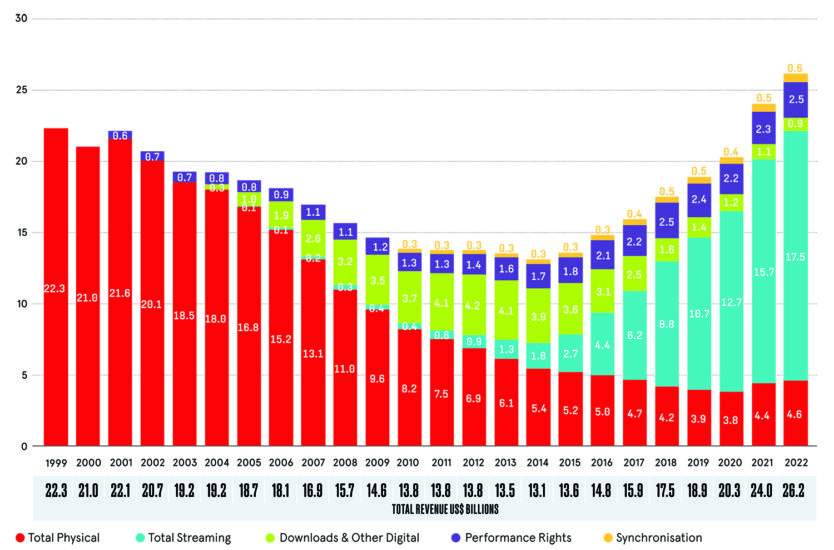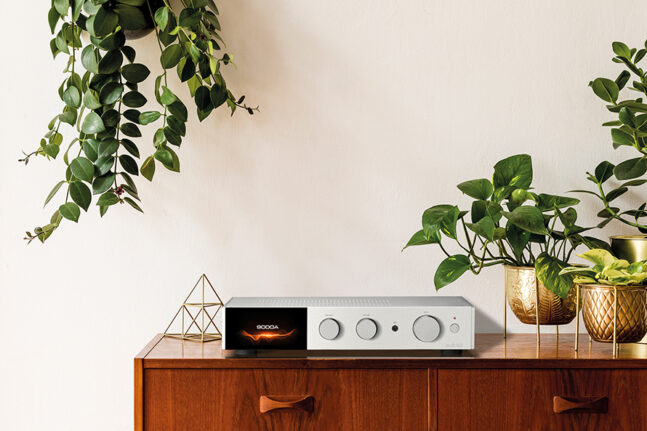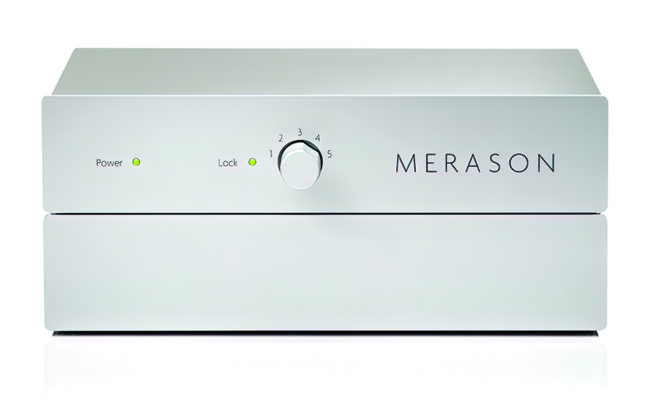On February 17, Québecor decided to bring to an end its adventure in online music. QUB musique, launched in May 2020, will have survived for just over two and a half years. Two months later, on April 19, Qobuz finally entered the Canadian market. Not only are the two events related, but many things have happened in the meantime.
At the time of its launch, QUB musique had prided itself on a strategic partnership with Qobuz. Seeing the name Qobuz appear in Québecor’s press releases, audiophiles in search of quality streaming had begun to get their hopes up. But the opposite was the case.
Exclusive relationships
As Mathieu Turbide, vice-president of Québecor NumeriQ said in Le Devoir at the time: In order to launch our service in the required time, NumeriQ has concluded an agreement with Xandrie, the French company that operates Qobuz, to take care of the management of the catalog. […] Qobuz provides the database to which QUB musique is connected. They deal [with us] in negotiations with labels and rights management companies. They operate […] the supply chain of musical content, track input, the indexing of the database, etc. The catalog of QUB musique is therefore very similar to that of Qobuz, with an increased sensitivity for local artists.
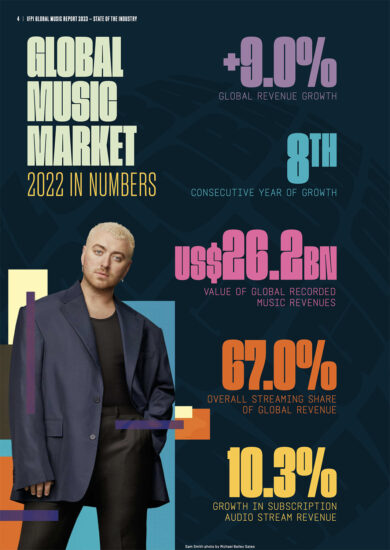 For the rest, and in particular the marketing strategy, Québécor had chosen to target the mass market, a kind of Spotify with a + Québécois, either in terms of mp3 audio, the absolute opposite of Qobuz.
For the rest, and in particular the marketing strategy, Québécor had chosen to target the mass market, a kind of Spotify with a + Québécois, either in terms of mp3 audio, the absolute opposite of Qobuz.
The strategic mistake was absolute. The reasons appeared clearly in an article by Alexandre Vigneault in La Presse on November 2, 2022, when he revealed that there was only one song in French in the Top 100 most listened to songs in Montreal on Spotify! You have to go through the list of the 500 most requested titles in Quebec on the different digital platforms to find 10 from here — and those are not necessarily in French.
What the general public did not know at the time was that Québecor is also the 2nd largest shareholder of Qobuz and that the QUB-Qobuz partnership agreement prevented Qobuz from coming to Canada. We learned this in an interview with the great French boss of Qobuz, Georges Fornay, published in Le Devoir on April 19.
Basically, the sale of the mp3 soup had to fail before finally having the right to stream in HD 24 bits – 96 kHz and 24 bits – 192 kHz in the country! It’s done. And Qobuz keeps all its promises, since to the quality of the sound is added an effective editorial (curation, in the traditional English terminology), and a mine of information. The integration with Audirvana and Roon is effective: offers are raining down.
The end of origami
This gaping hole in the supply of quality streaming in Canada left a boulevard in our market in Tidal, especially since the almost unique and absolute stronghold of Tidal is North America and the strategy of integrating this service into many Hifi equipment has served its expansion. Tidal has come a long way with MQA, the brilliantly named Master Quality Authenticated that has been putting on a good show for a long time.
But if Qobuz arrived on April 19 when we did not expect it before the month of May, it is probably also because on April 6, MQA filed for bankruptcy, which put Tidal in trouble. And then some…
The company MQA created by Bob Stuart, co-founder of Meridian in 1977, of which he was the technical director until 2015, enjoyed an aura and credibility beyond the norm related to its founder, even when he explained without laughing that he managed to fold a Master like a piece of origami to reduce its size below a 16-bit WAV – 44.1 kHz without losing quality.
MQA was indeed a compression, but with the claim to be equivalent to high resolution. More than once, it showed its true colours. With the exception of Tidal, no streaming service has adopted the MQA codec. Tidal made this its argument. It has no choice but to rebuild everything with an insurmountable delay (on Amazon for example, which has moved to HD). And Qobuz is on track to equal it in terms of hardware integration.
New players
But Qobuz no longer enters this market smoothly, hence its eagerness too. High resolution is not aimed at the market of rap and hip hop fans under the age of 30, but much more at those over 40 who listen to rock, pop, classical and jazz.
Classical and jazz are the two historical segments of Qobuz. And on this niche, between February 17 and April 19, the French company saw the arrival, on February 21, of the streaming service of Presto and, on March 28, the launch of Apple Classical.
The first comments on various blogs after the launch of Presto were not misleading: they came from Canada and said broadly: this service is perfect, especially for us who don’t have Qobuz.
The Presto brand is well-known to music lovers. It is a UK-based mail-order record dealer, a reference in the business for two decades, specializing in classical and jazz. It has also been an effective download site since 2010. The database developed for this purpose is now adapted to listening on demand.
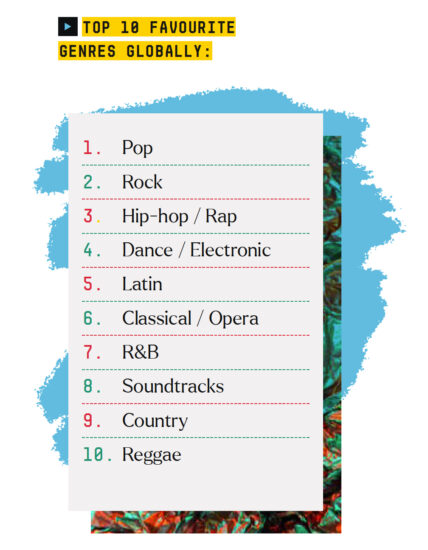 Same quality as at Qobuz: 24 – 96 (and 24 – 192 if available), presence of the record notices. It’s like a giant record store where you can listen to everything. And, in addition, they pay artists per second of music listened to. They’re the only ones doing this with Idagio, another classic service, but one that doesn’t believe in HD.
Same quality as at Qobuz: 24 – 96 (and 24 – 192 if available), presence of the record notices. It’s like a giant record store where you can listen to everything. And, in addition, they pay artists per second of music listened to. They’re the only ones doing this with Idagio, another classic service, but one that doesn’t believe in HD.
The shortcomings: it is only classical and jazz, while Qobuz is multi-genre; it lacks all the hardware integration infrastructure (Audirvana, Roon, Bluesound, etc.) and it will always be a dedicated but artisanal company. There is, for example, also work to be done in relation to the integration of the application in Android Auto and Apple Car Play, all the kinds of things that go without saying with large companies.
And Apple?
Actually… Try to connect Apple Classical to Apple Car Play. It’s a waste of time: everything goes through Apple Music. As the name suggests, Apple has launched an app just for classical music lovers.
Why? Because when Beethoven composed the 9th Symphony, he composed a work with four movements, four soloists, a choir, an orchestra and a conductor. All this information is cramped in the databases designed on the Singer-Song-Album model. And therefore often not easy to find.
Idagio and a company called Primephonic (and Presto today) have built streaming services with a database adapted to classical music. Apple bought Primephonic and, after 19 months, released Apple Classical.
The advantages: exclusive performances by major orchestras; album previews; playlists galore to introduce yourself, your nephew, your neighbor and your sister-in-law; and a theoretical HD broadcast.
And the disadvantages? There is no documentation, no record of the CDs listened to (unlike Qobuz and Presto); the universe is limited for the moment to the iPhone and therefore to Bluetooth and AirPlay. We will therefore put a caveat on the notions of HD and audiophilia, unless you consider it to be audiophile to listen to a recording of Dolby Atmos on AirPods Max or plug the iPhone on a DAC hoping that your mom does not call you while you’re listening to Mahler or Pink Floyd in HD to ask about the little one.
The car interface is to be created, too, but there is potential when we invest in the world of the computer, an event for which Apple does not give a date.
- Further information:
Streaming represented 589 million paid subscribers worldwide at the end of 2022 (Source: International Federation of the Phonographic Industry – IFPI). - Spotify is the market leader with 205 million paid subscribers.
- Apple Music is 2nd with 95 million, YouTube Premium 3rd with more than 80 million, positions that could reverse in 2023.
- MQA generated annual revenues of 1.1 million Canadian dollars for 7.5 million expenses.
- Qobuz has 500,000 subscribers in 25 countries.


